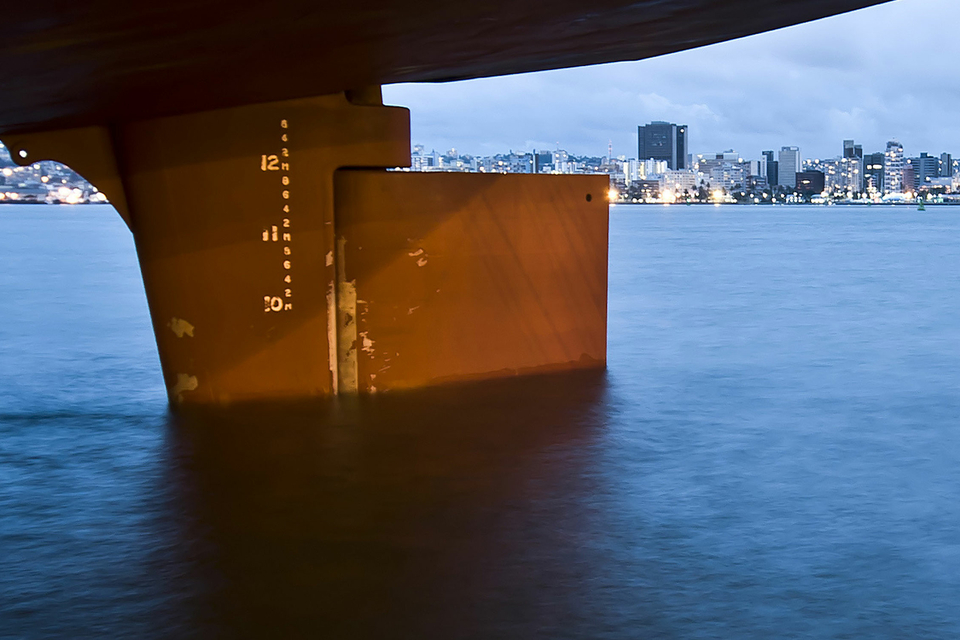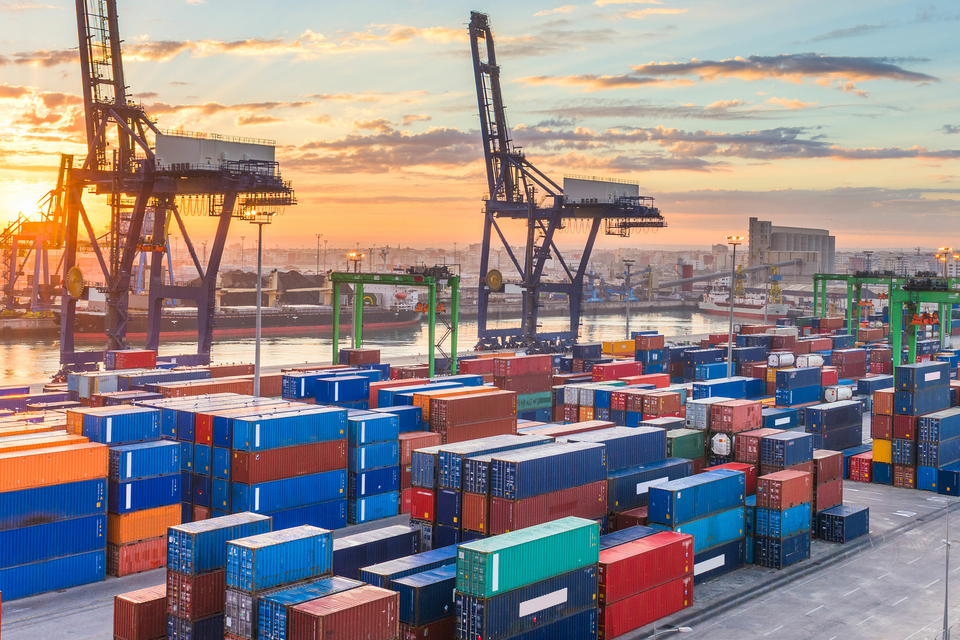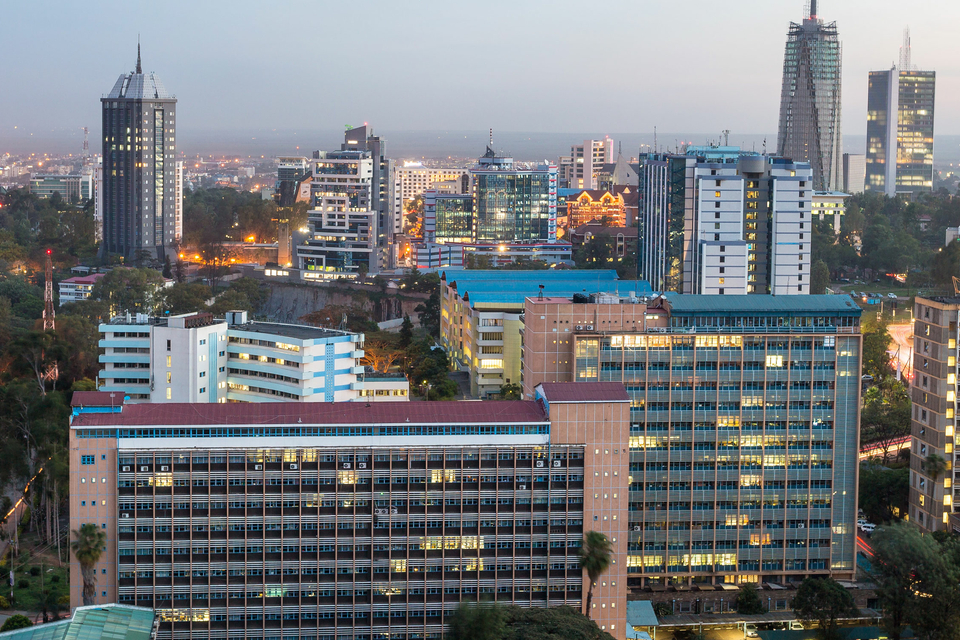Warranties and indemnities insurance take center stage in M&A transactions in Africa
Driven by M&A activity, warranties and indemnities insurance for deals in Africa has grown significantly during the past decade

It is with great pleasure that I present this latest edition of Africa Focus, the inaugural issue under my leadership of White & Case's Africa Practice Group. This edition delves into key topics that are crucial for understanding the evolving landscape of investment in Africa. Our lead article explores the critical role of warranties and indemnities in African mergers and acquisitions (M&A), a topic that is essential for expanding the investor base on the continent. Following this, we provide an insightful analysis of Special Economic Zones (SEZs), highlighting their importance as mechanisms for attracting investment, fostering economic diversification, and enhancing trade. This discussion also touches on the beneficiation of raw materials into finished products before export, a vital step for adding value within African economies. Finally, the third article in this series examines the significant changes underway in competition and antitrust law across Africa. These developments, characterized by a surge in new legislation and shifts in enforcement practices, are reshaping the regulatory environment and creating new dynamics for businesses operating in the region.
Driven by M&A activity, warranties and indemnities insurance for deals in Africa has grown significantly during the past decade

An overview of special economic zones and how African countries can use them to drive economic growth

The competition laws in various African countries have been rapidly evolving, with some countries enacting new laws or proposing revisions while some African leaders are joining forces to develop antitrust policies


An overview of special economic zones and how African countries can use them to drive economic growth
Special Economic Zones (SEZs) are well established tools for increasing exports, facilitating imports and driving economic growth in their host economies. SEZs are "demarcated geographic areas contained within a country's national boundaries where the rules of business are different to those that prevail in the national territory," as described in the "Special economic zone: performance, lessons learned, and implication for zone development" report by Gokhan Akinci and James Crittle (Report). Although SEZs may be structured differently (ranging from individual buildings to entire cities and regions and multiuse properties), one aspect they all share is regulatory and policy regimes that are designed to entice businesses and other investors to invest in the SEZ.
In 2021, according to the African Economic Zones Organization, there were about 203 SEZs in Africa with 73 under development (see Figure 2).
By comparison, in 2018, there were 5,400 SEZs in more than 140 countries as noted in the Report (see Figures 3 and 4).
This is unsurprising since African economies depend on natural resource extraction, agriculture and private consumption. As African economies diversify into manufacturing and services and the African Continental Free Trade Area gains momentum, the number of SEZs on the continent will likely increase.
While SEZs have succeeded in some countries, such as Dubai, China and the United States, many others have failed to meet their objectives. This article explores the factors that help create successful SEZs. In this article, SEZs include Free Trade Zones (FTZs), Free Zones, Export Processing Zones (EPZs), Industrial Estates, Free Ports, Free Economic Zones and Urban Enterprise Zones.
There are five key SEZ stakeholders: (i) the government; (ii) zone authority (regulator); (iii) developer or investor; (iv) operator; and (v) licensees, the businesses operating in the SEZ. Other stakeholders include employees of the various entities and the host communities in which the SEZs are located.
SEZ structures range from public (government owned, developed and operated) to private. Given that different regulatory regimes exist within the SEZs, delegating the regulation of the SEZs to quasi-governmental agencies prevents any confusion stemming from a single entity operating multiple regulatory regimes. It is not uncommon for a SEZ to be developed by a private investor through a public private partnership and for it to revert to state ownership once the concession period expires.
For African governments seeking to promote foreign direct investment (FDI) and economic diversification and growth, SEZs can be very beneficial. Benefits include (as described in "International economic law and the challenges of the free zones" edited by Julien Chaisse and Jiaxiang Hu and "Special economic zones: Progress, emerging challenges and future directions" by Thomas Farole and Gokhan Akinci):
Typically, the SEZs' regulatory and policy regimes focus on investment conditions, international trade, customs duties, taxation and the availability of work and residence permits for foreigners.
In regions where SEZs are more prevalent such as Southeast Asia (as noted in "Economic zones in the ASEAN: Industrial parks, special economic zones, eco-industrial parks, innovation districts as strategies for industrial competitiveness by UNIDO) and the Middle East, competition can be fierce both among SEZs within a particular country and between countries. Thus, one of the most common causes of an SEZ's failure is the lack of a competitive value proposition to investors. To that end, investors will invest where regulatory laws and other incentives and concessions are more attractive to them.
Additionally, governments that do not implement competitive regulatory laws and policies will not be able to attract investors, making their SEZ initiatives particularly prone to failure.
From a regulatory perspective, the degree of government control within the SEZ depends on where the raw materials are sourced and where the finished goods and services are sold. For example, an SEZ with local objectives such as job creation or improving socioeconomic conditions might make sense where raw materials are sourced and sold locally.
There are three SEZs with an international aspect (see Figure 5). One is an export processing zone where raw materials and components are sourced locally, processed and/or manufactured in the SEZ and then exported. Here, the SEZ's regulatory arrangements focus on attracting businesses that undertake those activities. Many African SEZs follow this model, including South Africa's Industrial Development Zones (IDZs) established in Ngqura, East London, Richards Bay and OR Tambo International Airport and Lesotho's Mafeteng SEZ, which focuses on the production and export of cannabis products.
In the second type, raw materials and components are imported from overseas and the finished products are sold in the host economy. Here, the product is assembled in the SEZ and the customs duty is paid only once for the finished product when it enters the host market, which simplifies the typical customs formalities by eliminating the need to pay customs duties on each imported component of a product.
In the third type, raw materials and components are imported from overseas and the finished product is exported. Notably, this model does not compete with local businesses—a criticism of poorly designed SEZs. It is also an especially useful tool for countries seeking to attract highly qualified or high-net-worth expatriates, as this type of SEZ usually attracts sophisticated businesses.
Successful SEZs share several key characteristics as described in "African Economic Zones Outlook 2021" by Africa Economic Zones Organization:
Additionally, if the SEZs are to be successful, the benefits of the SEZs to their host economies need to be balanced against the costs, which must be acceptable to the government and other local stakeholders who can impact the SEZs, including host communities. These costs include government contributions to the development of the SEZ, salaries for staff required to work at government functions in the zone and foregone tax and customs duties , including for local businesses that move into the zone. However, if the relevant business would not have been present were it not for the SEZ, foregone taxes and customs should not be included.
To illustrate, Cayman Enterprise City (CEC), a successful SEZ in the Cayman Islands, generated US$5.3 million in government revenues in 2022, which was 10x more than the cost to the government for the concessions it granted. CEC's contribution to the Cayman Islands economy reached almost US$147 million in 2022, bringing the total economic impact to US $806.8 million in 11 years. Notably, government costs are lower for SEZs that are developed and managed by the private sector, as is the case with CEC.
Environmental and social costs must also be considered. Many SEZs have been accused of allowing licensees to pollute or use water, land or other scarce resources excessively. In these cases, the host economy and community subsidize the licensee by taking on the costs of environmental remediation to mitigate the social impact caused by the SEZ or its licensees.
Governments need to strike a careful balance between the measures that are required to make their SEZs competitive to attract investors and licensees and those that optimize the benefits to the country and host communities. While the most significant costs tend to be incurred in the short term, the benefits tend to accrue more in the medium to long term. As a result, expectations need to be properly calibrated and communications with communities and other stakeholders must be transparent. Compromise will always be necessary but given the SEZs' likely contribution to Africa's economic growth combined with the benefits to its people, SEZs deserve more attention from the African government, policymakers and planners than they have received in the past.
White & Case means the international legal practice comprising White & Case LLP, a New York State registered limited liability partnership, White & Case LLP, a limited liability partnership incorporated under English law and all other affiliated partnerships, companies and entities.
This article is prepared for the general information of interested persons. It is not, and does not attempt to be, comprehensive in nature. Due to the general nature of its content, it should not be regarded as legal advice.
© 2024 White & Case LLP